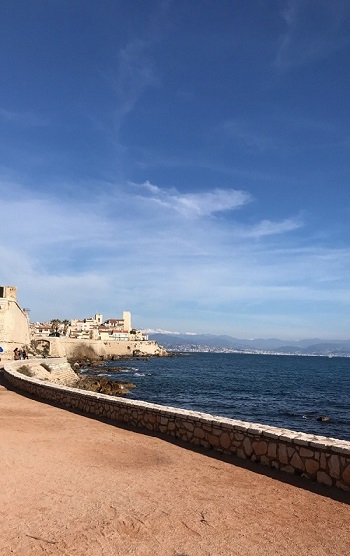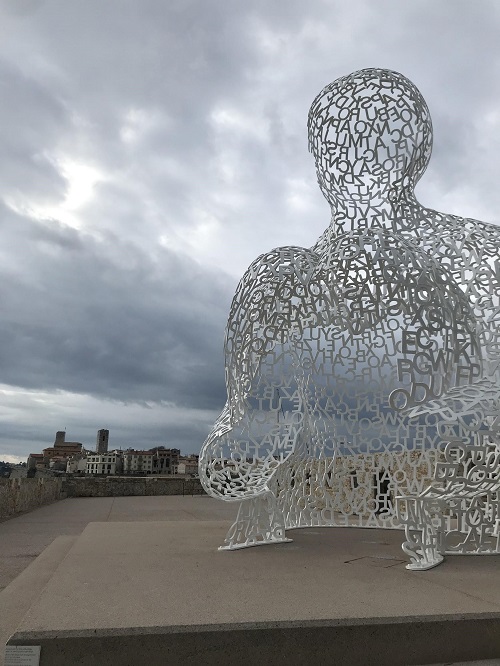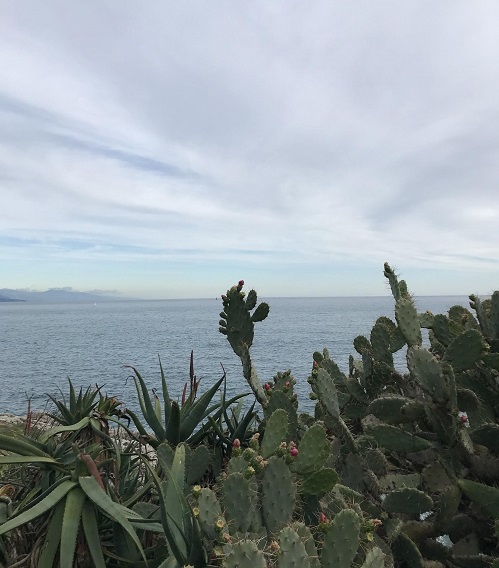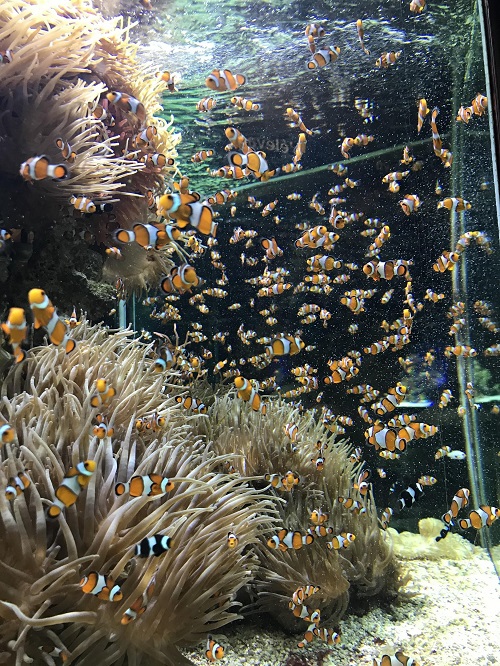Who knew that studying abroad in a 2,000-year-old city would feel like such a revolutionary experience? The streets, shops, even the beaches possess the opportunity to learn something new. Being surrounded by the ancient history of the French Riviera has opened my mind to seeing what France really has to offer outside of Paris. 
One of the first things I did upon my arrival to the old city of Antibes was look at a map. I was surprised by the ingenious planning of the CEA program, who knowingly put its students directly in the middle of it all. Within three hours of this city, whether it is by train, bus, or car, is a long list of places to explore: Nice, Cannes, Monaco, Marseilles, Aix-en-Provence, even Milan! Four months almost seems like it's not enough time to visit them all - until my program director, Kristin, made these goals sound achievable.
When you live on the French Riviera, time is on your side. It’s all within arm's reach here in Antibes, and that is why this program was at the top of my list. Planning a day trip to any of the neighboring cities is so easy. In fact, I took the train to Monaco for the day with some friends I made in the CEA program, and was able to see the Oceanographic Museum of Monaco overlooking the blue water of the Mediterranean. That’s another thing I should mention - they don’t call this place the Côte d'Azur for nothing. The pictures don’t even do it justice. Even in January, people are swimming in the blue water and enjoying the sunshine on the beach.
Every day here brings something new; taking walks along the coast, shopping at the closest Intermarché, and ordering a pastry from your local patisserie are all ways to interact with the inhabitants of this city and enjoy the French culture at your own pace.

Some of the highlights of this city include the beaches, the Provençal Market, the Picasso museum, hiking trails, and of course, the people. I have already mentioned the beaches, so I will attempt to describe the Provençal Market. Every day (except Monday), vendors come out with all sorts of local goods (i.e. your local cheeses, meats, fish, spices, even essential oils). It all takes place under one roof of an open structure, where you can browse each item, talk to the vendors about their products, and if you’re lucky, get a taste. Less than a mile away is the Picasso museum, located in the old Grimaldi Castle, which was sold to the city of Antibes in the 20th Century. It is one of four museums in the world that house his works and is a great place for students to visit. Next, the shoreline of Antibes was designed for walking, biking, or running. By following the coast, you can either walk directly toward the Nomade Statue (pictured above) or in the other direction toward La Garoupe Lighthouse. Some of the best views of the city are from these places.

It’s great to explore the city and learn about the ways of the French inhabitants here, because they welcome tourists with open arms. I have not yet run into a single person who has become frustrated with my language skills; in fact, they see it as an opportunity to practice English, unless you specify that you would like to practice speaking in French. One of my favorite observations about Antibes is that a majority of the population here has a canine companion. Sometimes, you can see puppies playing on the beach, walking next to their owner on the sidewalk without a leash, or patiently waiting outside of a shop. It’s one of the best parts of my morning walk to the bus stop!

Luckily for me, I have plenty of time to explore this amazing city and other cities along the French Riviera. I look forward to learning more about my host city, and I hope that you learned something as well. I knew from the moment I landed in the south of France that I made the right decision to study abroad on the French Riviera!









